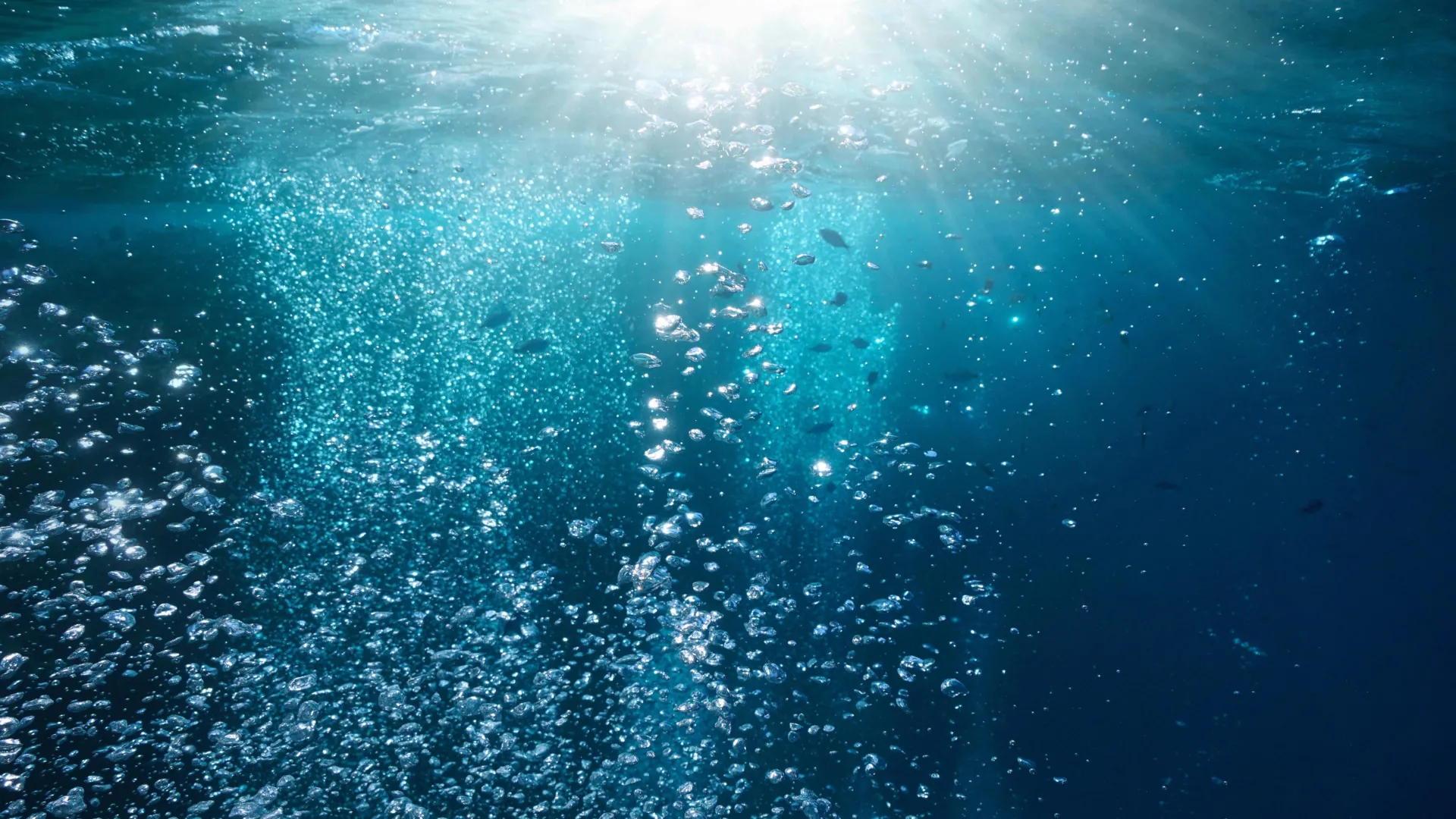Understanding Ancient Carbon Burps
Over 300 million years ago, our planet experienced significant environmental changes due to powerful bursts of carbon dioxide. These bursts, primarily from natural sources like massive volcanic eruptions, led to alarming drops in ocean oxygen levels. Such instances are known as “carbon burps”. These events triggered dangerous periods of ocean anoxia, which not only stalled marine biodiversity but also reshaped entire ecosystems.

In a recent groundbreaking study, scientists utilized advanced climate models alongside deep-ocean sediment analysis to identify five notable carbon burp events. The findings are concerning because today’s human-induced CO₂ emissions are increasing at rates that are hundreds of times faster than those ancient occurrences. This rapid rise raises urgent questions about how modern oceans, especially the coastal zones abundant with marine life, will respond to these changes.
















